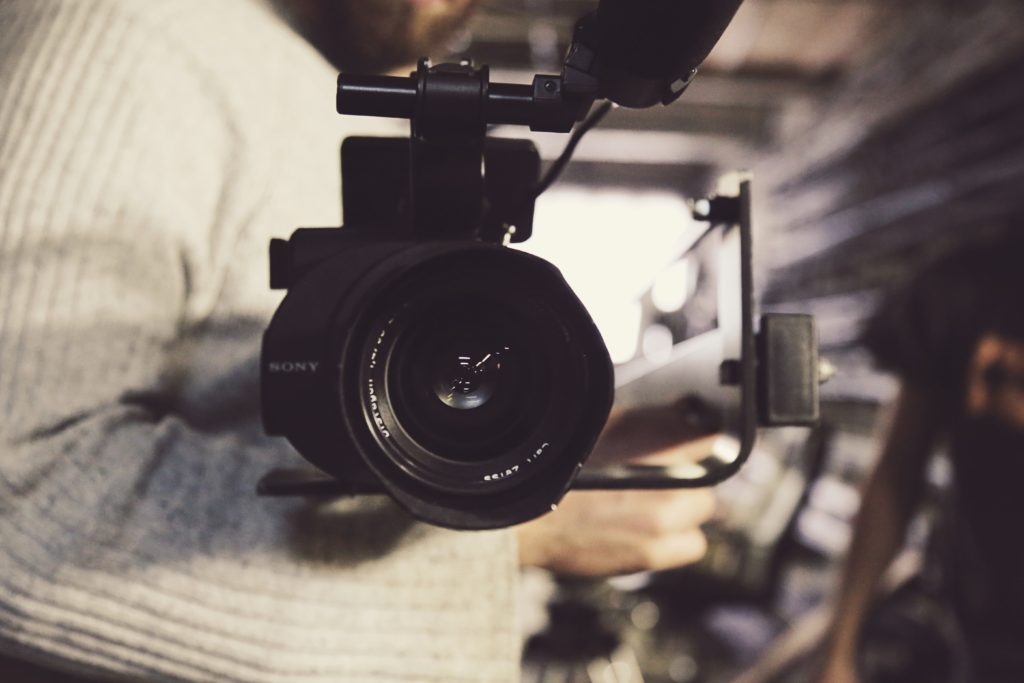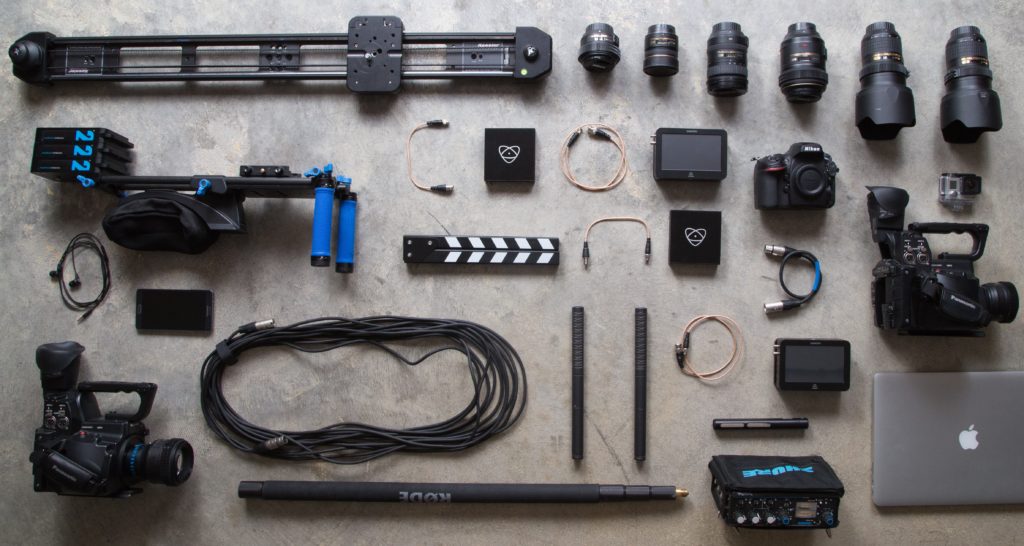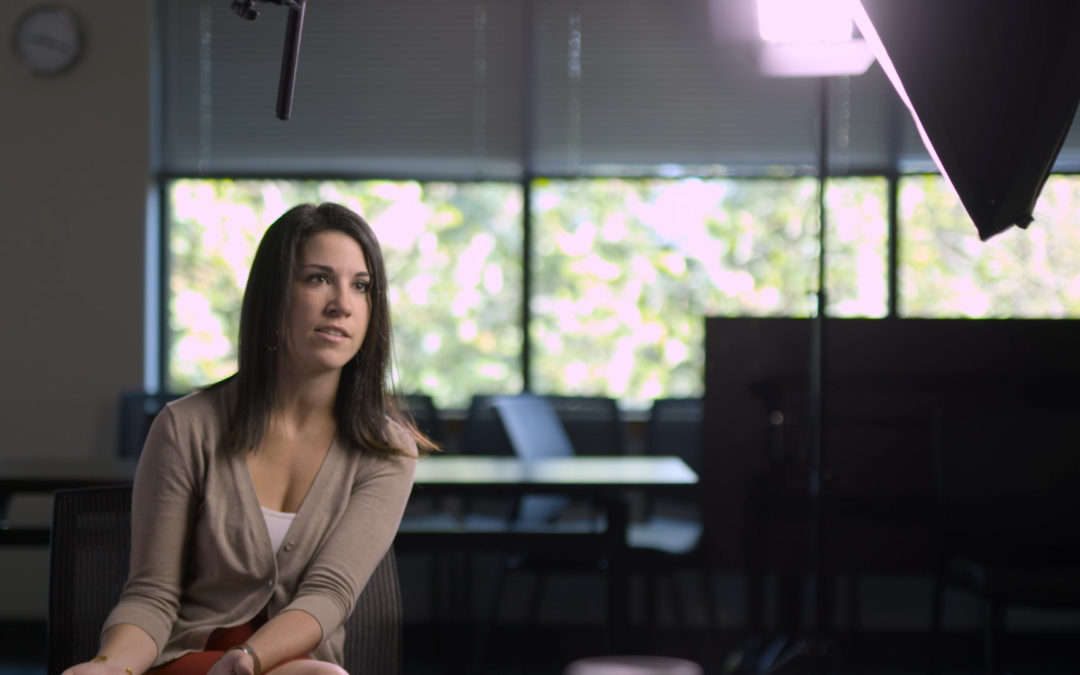Talent is hard to find—at least, the right talent sure is. There may be a large pool of people ready and willing to work for you, but few with the nuanced skills and that intangible ‘culture fit’ we, as employers, seek in candidates. Searching far and wide for someone qualified who also fits these traits can be challenging and exhausting. Focusing on your employer brand to organically draw the right people to the organization can save much of the energy and time we expend when recruiting.
At Xenium, we found ourselves challenged when seeking the right fit for some of our positions, such as an HR Business Partner or Payroll Specialist. As a consulting company, what we look for in terms of skills is unique—not every person who has previously worked in HR or payroll internally for a company is necessarily suited to or even interested in working with a book of clients of varying sizes and industries. On top of that, we have high standards when it comes to culture fit; something I am certain we are not alone in. Historically we have been good at active recruiting—job postings, networking, asking for referrals, etc. However, we did not always put a lot of emphasis on our employer brand in these postings and communications. HR teaming up with marketing to develop the employer brand to target job-seekers was a foreign concept to us, and to me in marketing, since I was so focused on targeting prospective clients, not employees.
I can recall a conversation I had with several HR leaders at Xenium in early 2015 about developing the Xenium employer brand. We discussed some ways HR and marketing could work together to outwardly show what it was like to work at Xenium.
What came out of that discussion was that we needed to enhance the job page of the website, write language that speaks to who we are, our beliefs, and what kind of people we want to attract, and share that information, visually, in a culture video.

What is a Culture Video?
Okay, admittedly even I was a little unsure of what a culture video was and what it was supposed to look like and say. I did recall seeing videos that SoundCloud and Zappos had embedded on their career pages to show off their workplace cultures. The videos generally contained interviews with employees mixed with b-roll footage of the buildings, events, people interacting and having fun, and more.
I think that’s how I would define a culture video: it is a way to tell a story about what it’s like to work for a company, verbally share the organization’s beliefs and values, and showcase the type of people that work there while providing insight to how they behave.
My personal opinion is that a culture video is also a way to define the type of people you want applying for positions at your company. It’s likely that job-seekers who are viewing the career page, consuming content, and watching the culture video will self-select in or out of the recruiting process depending on whether or not they connect with what they watch and read. Furthermore, people who watch the culture video and continue to move along in the recruiting process likely will already know what to expect before they get to an interview. In other words, they may know in advance as to whether or not they are a fit before they walk in the door and speak with the wider team.

How We Created the Culture Video
Deciding to do the video was the easy part. We had a need and were willing to dedicate the resources to get it done: the question was how. Fortunately, I have a lot of experience in video production from my years in high school and college. I wouldn’t consider myself an expert to the point of being able to do everything end-to-end with professional quality, but I understand enough to know what I want in an end-product. Additionally, video equipment is really expensive if you want a high-end looking product, so I immediately ruled out producing it completely internally.
Time, money, personal skill level, and the need for resources are some of the things you have to weigh at the outset of any project. As I went through this entire process, I learned quite a bit, enough to share with you! My goal here is to break down how we created the culture video and the decisions we had to make throughout the process, step-by-step.
-
What Resources Do We Have?
Before you do anything, figure out who will be involved in the culture video project, how much time you have to dedicate to it, what your budget is, and whether or not you have the right equipment if you plan to fully produce internally.
-
Who is Going to Produce It?
Once you take inventory of the resources, determine whether you plan to do it all internally or hire an agency or freelance videographer. Here are the benefits and downfalls of each from my perspective:
Internally Produced: If you have the time, resources, competency and energy to produce internally, this is a great option if you want to control every aspect of the end-product. Not only that, but you can manage costs easily since your only cost is your time. Not only that, but you can replicate this model in the future for other videos! The downside of producing internally is potentially not having the creative expertise to create a great end-product, spending too much time on it, and not having an outsider’s perspective, and input. Having a third party can be very helpful since we internal marketers tend to be control freaks and be way too tactical at times, instead of seeing the big picture and consulting with outside perspectives.
 Agency Produced: The benefits are obvious with hiring an agency: you get what you pay for. An agency has a large team of people who are great at each aspect of video production, from scripting and interviewing to editing and motion graphics. Not only are you buying their creative expertise but also their high end software and equipment that would be hard for any company to justify purchasing. The downside, from my own experience and research, is that the cost is high, as in a minimum of $10k or more in some cases! For some organizations that may not even put a dent in the budget, but for a small business it’s a large number to consider. Oftentimes you are paying for more than you actually need. Do I really need a 15-person crew for a short 3-minute video? Why do we need to use three different camera angles and tons of lighting? Do I need someone else to script the interviewing or can I do it myself? These are some of the things that went through my head in making a decision.
Agency Produced: The benefits are obvious with hiring an agency: you get what you pay for. An agency has a large team of people who are great at each aspect of video production, from scripting and interviewing to editing and motion graphics. Not only are you buying their creative expertise but also their high end software and equipment that would be hard for any company to justify purchasing. The downside, from my own experience and research, is that the cost is high, as in a minimum of $10k or more in some cases! For some organizations that may not even put a dent in the budget, but for a small business it’s a large number to consider. Oftentimes you are paying for more than you actually need. Do I really need a 15-person crew for a short 3-minute video? Why do we need to use three different camera angles and tons of lighting? Do I need someone else to script the interviewing or can I do it myself? These are some of the things that went through my head in making a decision.
Freelance Produced: Probably the most complicated option of all is hiring a freelance videographer to produce the video. Why is it complicated? Well, because there is no standard. Every freelancer is different in terms of how they work and the finished product. Their specific expertise and equipment can vary greatly person to person, too. The benefits are great though if you can sort out the details upfront. You can negotiate a much better price than what an agency charges and produce a video for a fraction of the cost. Freelancers are usually more flexible on scope and allow you to stay involved in the entire process if you want to. Finding someone who fits what you are looking for may be the most challenging aspect of using a freelance videographer.
Which route did we go? We chose the freelance option. The reasons were simple: I wanted to hand-hold the entire process to see our vision through, we had a small budget and I knew we could manage costs better this way; and I found a person that was a perfect fit for us. Max Monty is a freelance wedding videographer and photographer who dabbles in corporate work in his offseason. We chose him because his work is phenomenal and he is a storyteller by trade, and we wanted to tell a story about Xenium’s culture in our video.
-
Structuring the Shoot

I can’t stress the importance of thoroughly planning and preparing prior to the shoot enough. Don’t waste people’s time. There is much to do on the day of shooting and you want to ensure you have all your ducks in a row before that day arrives. In advance of the shoot I crafted questions that fell in line with the story we wanted to tell, I targeted certain people for the interview and took volunteers for those that wanted to be on screen, and I made a list of all the b-roll shots I thought would tie into the video well. Additionally, I scheduled the shoot on a day where a lot of things were happening in the office, such as internal trainings, an all-team meeting, department meetings, and more. The focus of the video was people, so we needed to make sure we had a lot of people in the video interacting. Once we confirmed the date, the rest was easy: find people to interview and schedule the interviews in blocks of 15-30 minutes with a little time between interviews for set up. In our case, I ended up personally interviewing about 15 Xenium employees. It was nice to have a variety, but it ended up being overkill. I’ll explain why later. Bottom line is, go into the day of shooting with a plan and stick to it. Good input, good output.
-
The Video Shoot
If you’ve got your plan, your people and resources, the shooting day should be no problem. Stay on schedule the best you can so that you make the best use of everyone’s time. Getting behind could lead to losing out on interviewing someone or capturing all the specific footage you wanted to.
How we did it: we had a two-day shoot one week apart (due to scheduling conflicts with certain people, we had to do it this way) and conducted interviews in 30-minute slots with short breaks in between. If we got done early, we scoped out locations to capture b-roll and grabbed employees in the office to stage additional shots. The time in between was also needed to set up for alternative locations. If you are utilizing a freelancer, manage the schedule yourself to make sure you fit in everything you want. If you have an agency, they will most likely handle the schedule for you, but someone on your team will need to act as a liaison to keep communication clear. Regardless of whether you are creating the video yourself, with a freelancer, or an agency, plan to mark your entire day as “busy” and dedicate yourself to ensure it all goes smoothly. It’s a lot of work regardless of how you produce the video.
-
 The Footage
The Footage
Everything leading up to the shoot and the shoot itself is arguably the most “easy” part, albeit exhausting. The real work is in going through the footage and finding a way to tell the story. If you have an agency, you are completely taken care of. They will go through the footage and tell the story for you the way you helped them understand it in pre-production. You will get a chance to review some of the footage and dictate minor edits, of course. If you are hiring a freelancer or doing it yourself, you are in for a wild ride depending on how much material you have to go through.
In our case, we had over two hours of interview footage to go through. Rather than have our freelance videographer go through it, I personally went through all of the interviews and marked the timecodes I loved and wanted in the next revision. Two hours of footage needed to be cut down dramatically. My goal was to get it to about 30 minutes and then go through the footage again for a second revision and begin putting the storyline together.
Here is how the entire process took place during this phase:
 Freelance videographer sends 2+ hours of interview footage in one video file via Dropbox.
Freelance videographer sends 2+ hours of interview footage in one video file via Dropbox.- Using that video file, we developed a spreadsheet with the columns “Name,” “Timecode In,” “Timecode Out” and entered every sequence we wanted in the next revision.
- We received version #2 in a video file via Dropbox. This time, it was down to about 25 minutes in all.
- Using version #2, we built a spreadsheet that had the “Name,” “Timecode In,” “Timecode Out” and this time around we added the transcribed statement as a final column.
- Once the entire spreadsheet was filled in with all the statements, we began moving segments around in order we felt would tell the best story. We also removed statements that were redundant or didn’t fit. We had to get this down to a 3-5 minute video in all, so we couldn’t keep everything. You may be asking, why write down the verbatim statements? It was much easier to read the statements than to watch the segments over and over. The reasoning was purely efficiency and I highly recommend doing it this way. Additionally, I first did this in a vacuum. For efficiency’s sake, it was great, but I do not recommend it. Like I said earlier, as a marketer, sometimes I get overly tactical with my work instead of relying on others who are really good at what they do. I ended up sourcing the help of Allison Julander, Suzi Alligood and Angela Perkins for the final storyline and I couldn’t have been more pleased with the involvement of the others. We ended up with a much better product.
- In addition to the interview footage, we also received a separate video file with the b-roll footage, or footage that we wanted to use visually with audio overlay (i.e. varying shots of people, places in the office, and objects). We marked the timecodes from the b-roll footage we liked the best to give some instruction to our freelance videographer for editing into the final version.
- Lastly, our freelance videographer mixed the segments together in the order we wanted, layered in the b-roll footage and added music. We made a few final tweaks and this was our result, hope you enjoy!
The Culture Video
What We Do With the Culture Video
If you are intrigued thus far and are now asking yourself okay, if I had a culture video, what would I do with it? I am going to answer that for you here while I have my marketing hat on. We wanted to use it both actively and passively to create awareness around Xenium’s workplace culture.
Active:
- We link to it in every job posting
- The video is embedded in a redirected “Thank you” page upon submission of an application
- We direct people to the video during the recruiting process
- Employees often post to Facebook and LinkedIn when we are collectively promoting a position
Passive:
- Hosted on YouTube publicly
- Hosted on Facebook publicly on the company page
- Embedded in our Careers and Culture website pages
- We have optimized the video for search engines to gain organic traffic
- We include a link in our email signature on occasion
Of course, these are just a few of the ways we use the video and there are tons of other creative ways employers can use them to create buzz and awareness about a company culture. The biggest benefit to us is having it at the top of the career page, directly above the list of open positions. More often than not, people watch the video before they apply because they are curious and want to know if we are a match for them.
Ultimately, do I believe every employer should consider doing a culture video? Yeah, I do. But the true question is not whether you should but whether you can. In my experience, it takes a ton of time, resources, energy, people, and money to pull something like this off. And in my opinion, all of it is worth engaging with to help your organization find the right people.
—
BONUS: Examples of amazing culture videos
